Supervisors
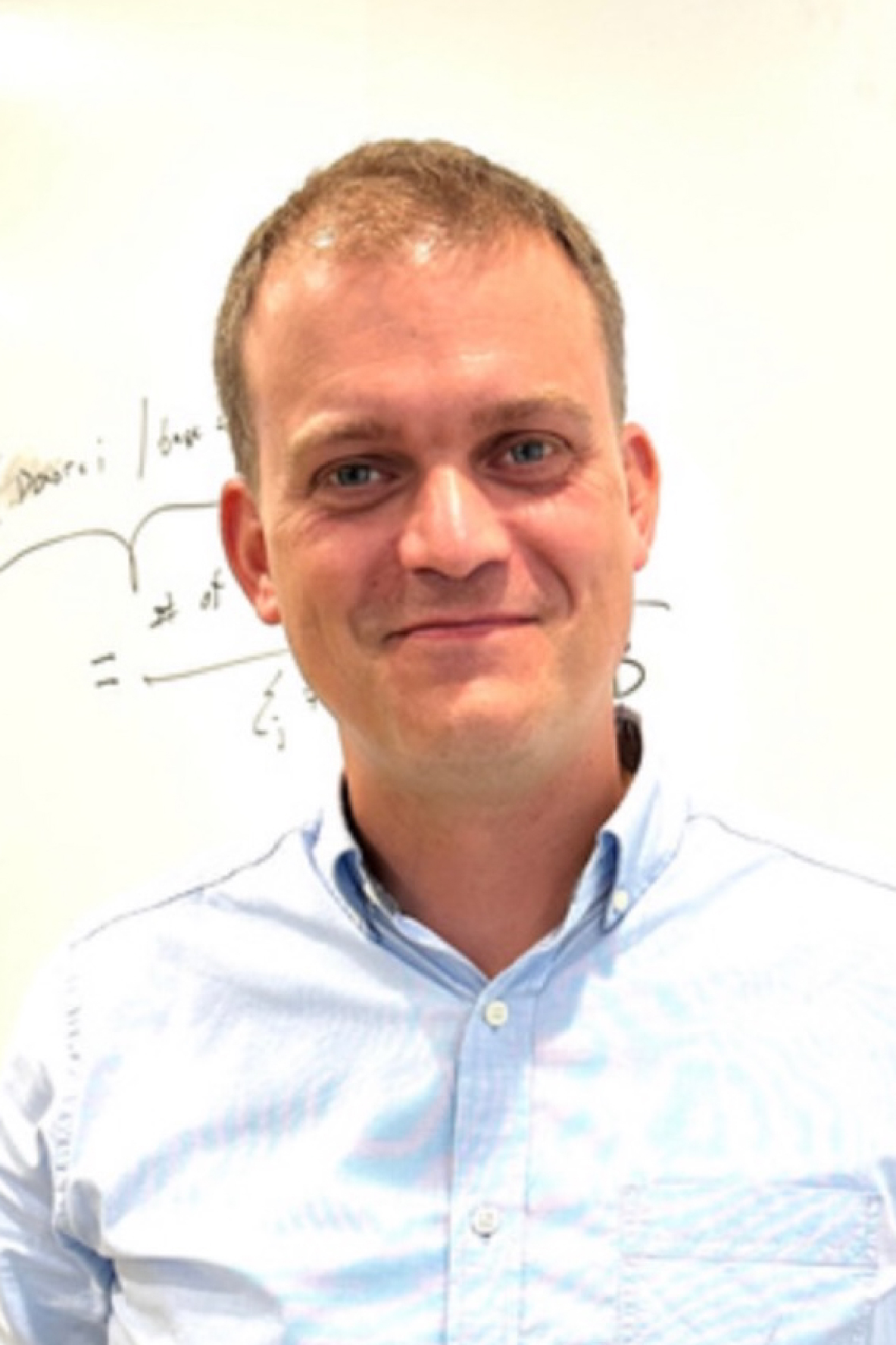
Robin Andersson, PhD – Associate Professor
The Andersson Lab focuses on modeling gene regulation with the ultimate aim to gain insights into molecular mechanisms by which enhancer or promoter dysregulation contributes to disease risk.
We take an interdisciplinary approach and combine machine learning, statistical learning, genetics, and molecular biology to determine which noncoding sequences act as enhancers, identify their target genes, and in which cell types they are active. We further focus on understanding how the human genome encodes regulatory activity, to be able to predict the impact of regulatory genetic variants.
If your are interested in doing a MSc thesis or Bioinformatics project with us, send Robin an email to arrange a meeting for discussing research interests.
Possible projects relate to our research interests, including topics such as:
- Developing machine learning models to learn the sequence determinants of regulatory activity
- Implementing efficient computational methods to identify regulatory elements and their activities based on transciption initiation data
- Developing computational frameworks for assessing regulatory activities and enhancer-gene regulatory interactions in single cells
- Applying computational methods developed in the lab or elsewhere to assess regulatory activities in specific biological systems or to derive atlas-scale data for further analyses
- Developing computational frameworks for variant-to-function analysis
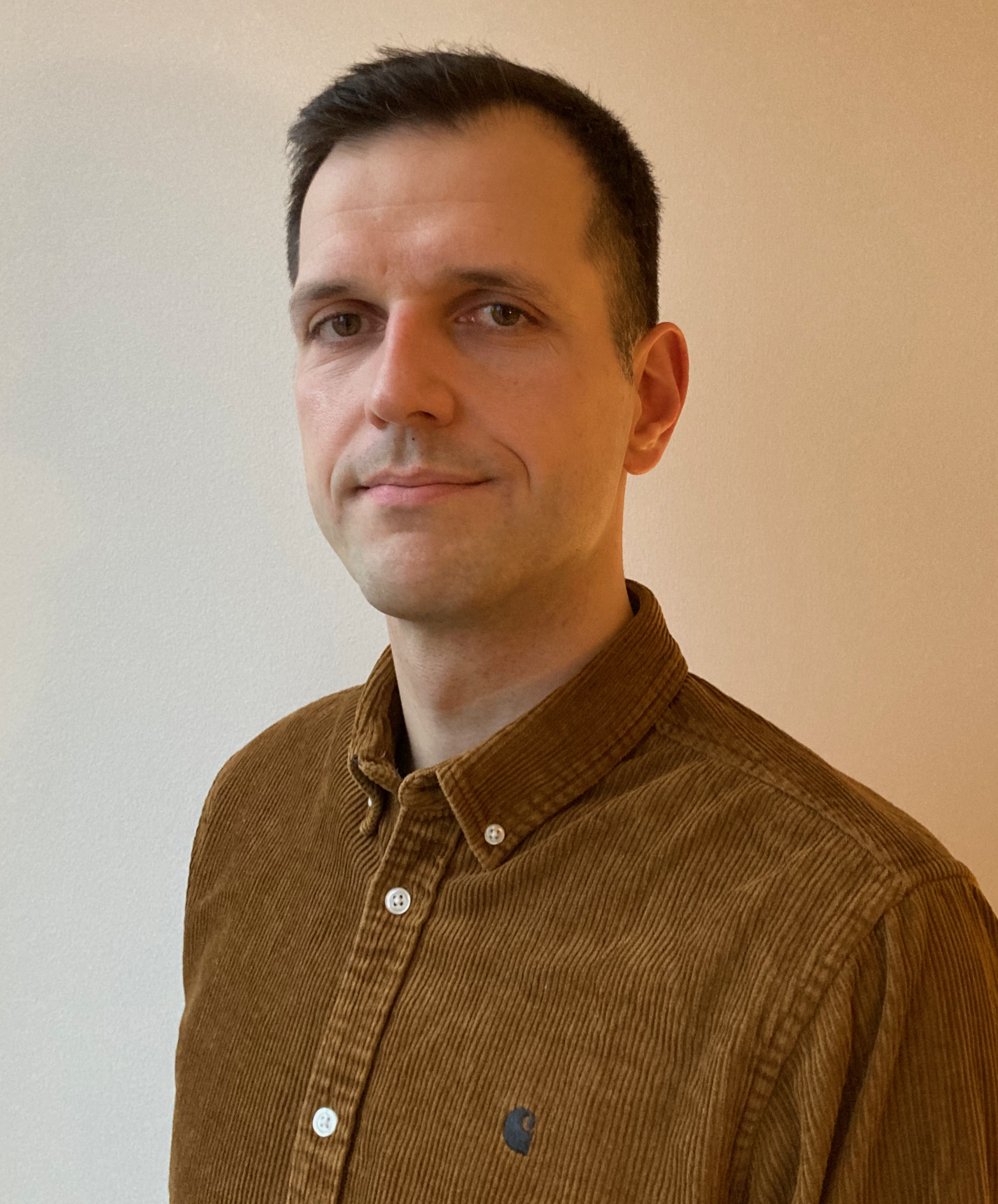
Tissue Gene Regulation Lab - Robert Krautz, PhD – Assistant Professor
The Tissue Gene Regulation Lab focuses on understanding the gene regulatory roots of tissue development and its dysregulation in the presence of disease-causing genetic variants. For this, we study the genetic and genomic control mechanisms that define the set of expressed genes in specific cells and thereby the emergence of cell types that assemble into tissues.
As genes are regulated by enhancers and promoters, we develop both computational as well as experimental methods to identify their locations in the genome and their activities in distinct cell types. For this we built on single cell and genomics techniques applied to cell and organoid cultures as well as patient-derived biopsies.
In case of interest in doing your Bachelor’s or Master’s theses or projects with us, please reach out to Robert via mail.
The labs current aims might serve as a starting point to formulate exciting new projects together with you:
- Devise novel single cell techniques to measure enhancers and promoters in individual cells across large populations of profiled cells
- Establish and optimize organoid cultures derived from induced pluripotent stem cells
- Develop new DamID-related methods for cell type-specific, in vivo profiling of transcription factor binding or epigenetic marks
- Establish new computational tools to analyze high throughput DamID data
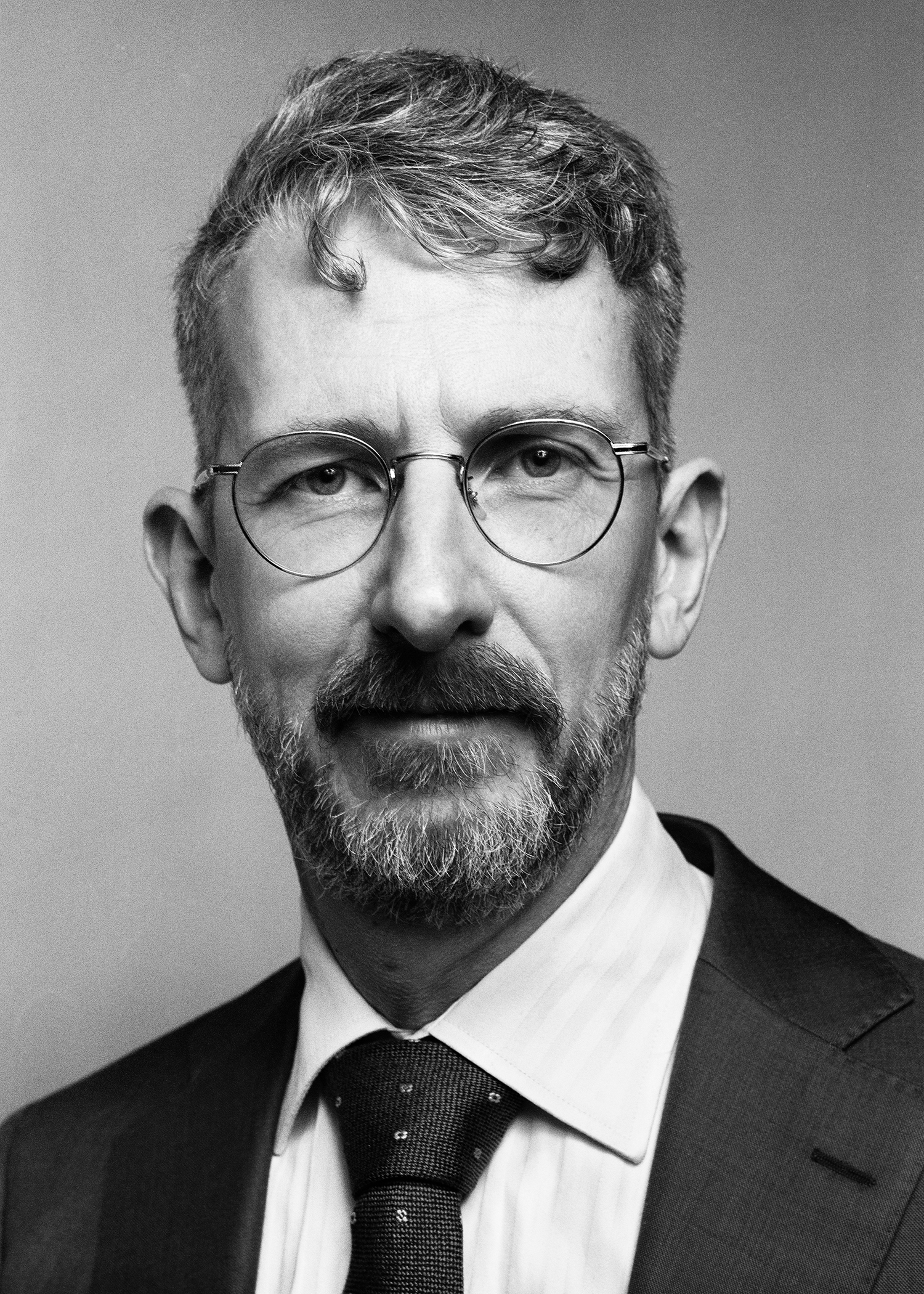
Thomas Hamelryck - Professor
We are engaged with predicting, designing and determining the 3D structure of RNA and proteins, by developing sophisticated probabilistic models that describe aspects of protein structure. These models are mainly based on machine learning methods (including dynamic Bayesian networks), and directional statistics, the statistics of angles, directions and orientations.
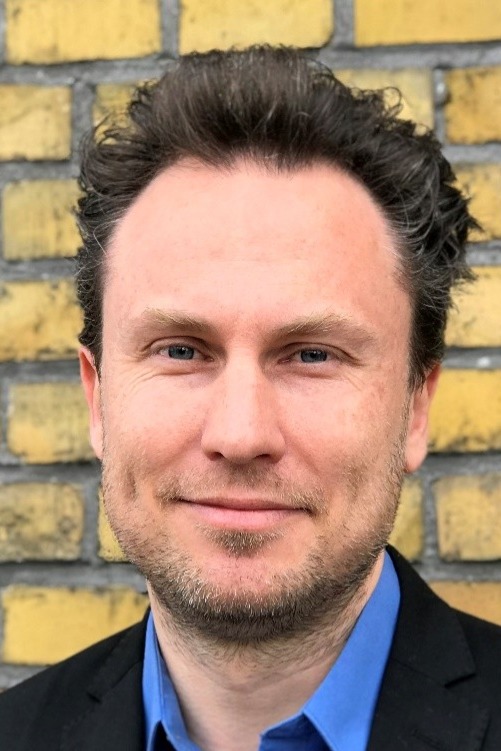
Albin Sandelin - Professor
The Sandelin lab is a computation/experimental group with scientists from many fields. We focus on gene regulation, transcriptomics, epigenetics and technological and informatics aspects. With the help of computers, we probe large biological datasets that are generated using novel genomics techniques. One of our strengths is our many collaborations with high-profile experimental laboratories, which supply data to be analyzed.
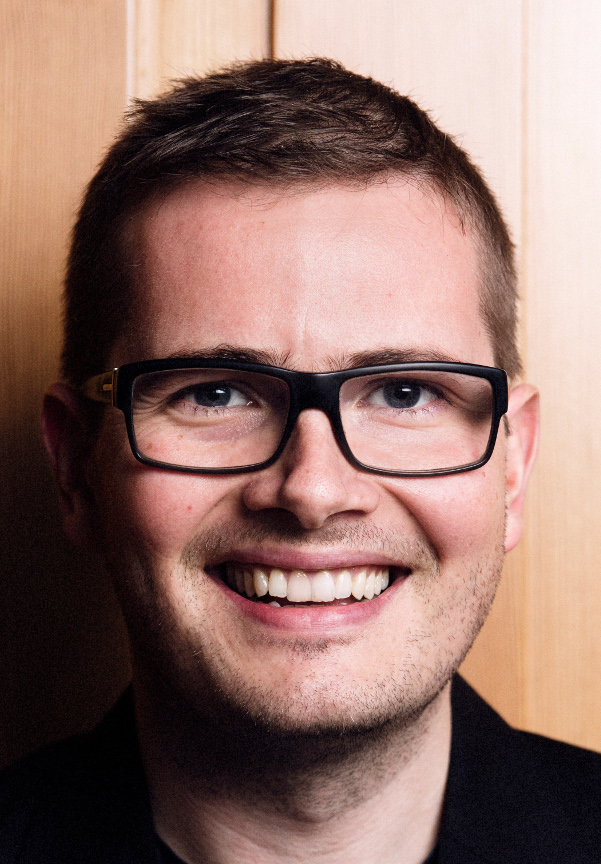
Anders Albrechtsen, PhD – Professor
My group develops statistical and computational methods for analysis of genomic data including methods for performing multi-loci association studies, methods for detecting and correcting for population stratification, methods for detecting natural selection, loci dependent methods for modeling identity-by-descent and various methods for analysis of second generation sequencing data.
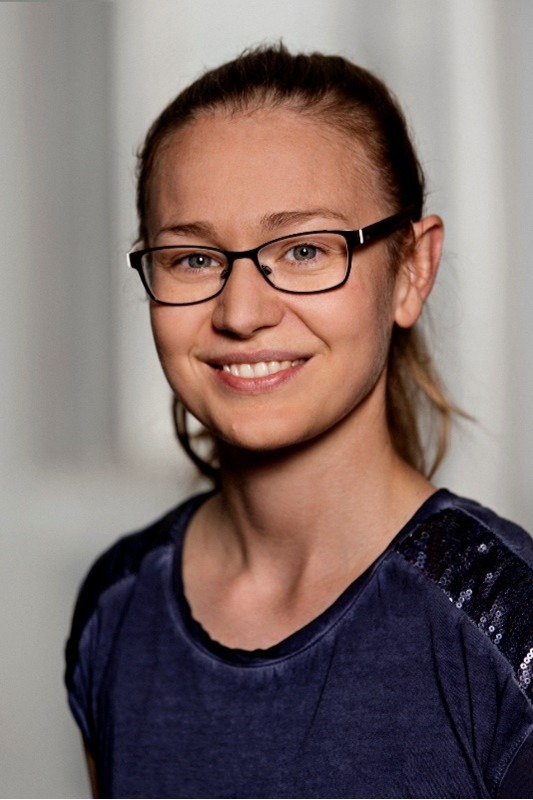
Ida Moltke - Associate Professor
We develop and apply statistical methods to genomic data with the purpose of gaining insights into human disease, history and evolution. For instance, by studying DNA from the Greenlandic population we recently identified a genetic variant that explains 10-15% of all cases of type 2 diabetes in Greenland. We have also looked into the migration history of the Artic and are currently investigating how the Greenlanders have genetically adapted the Arctic cold and their very fat-rich diet consisting mainly of seal and fish.
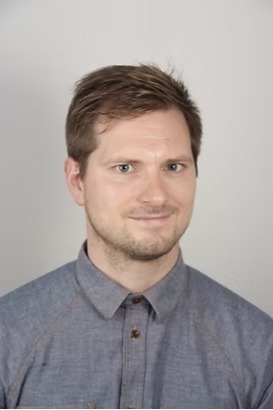
Rasmus Heller - Associate Professor
We study evolutionary and population genetics in wild mammals, focusing on ruminants. Our research interests include elucidating how climate, ecosystems and humans have influenced wild mammal populations in Africa, studying adaptive introgression in bovids and exploring how genomic data can be used to aid conservation. We are also involved in a ruminant genome project which aims to understand how ruminants evolved new anatomical structures, and how it has helped them become one of the most successful mammal lineages.
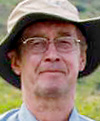
Hans Siegismund - Associate Professor
We work on population genetics, phylogeography and speciation processes of large African mammals, mainly bovids and great apes. Another research area includes the study of evolutionary genetics of Foot-and-mouth disease (FMD) virus in East Africa.

Peter Brodersen - Professor
Our group studies the mechanisms by which small RNAs regulate gene expression. We use the flowering plant Arabidopsis thaliana as a model system, and make particular use of molecular genetic and biochemical approaches in our work.
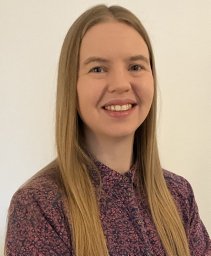
Sarah Rennie - Assistant Professor
My lab focusses on computational analyses and methods for understanding RNA-modificaton associated gene regulation. We combine statistics, deep learning and bioinformatics to a range of transcriptomic data, such as (single-cell) RNA-sequencing and Oxford Nanopore direct RNA sequencing.
If you are interested in doing a MSc thesis or Bioinformatics project in the lab, send an email to Sarah at email to arrange a meeting for discussing research interests. See also available projects here.
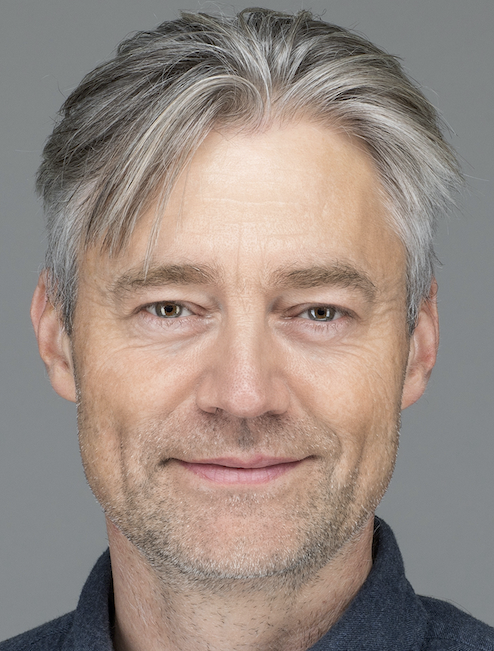
Ole Winther - Professor
We focus on machine and deep learning methods development and application. The applications large-scale modelling of protein, RNA and DNA sequences, single cell transcriptomics, protein folding dynamics and medical informatics for clinical diagnosis.

Jeppe Vinther - Professor
In our group we aim to determine how RNA structure and RNA-protein interactions affect basal cellular processes. This knowledge is important to understand ways of improving the efficiency and specificity of RNA based drugs.
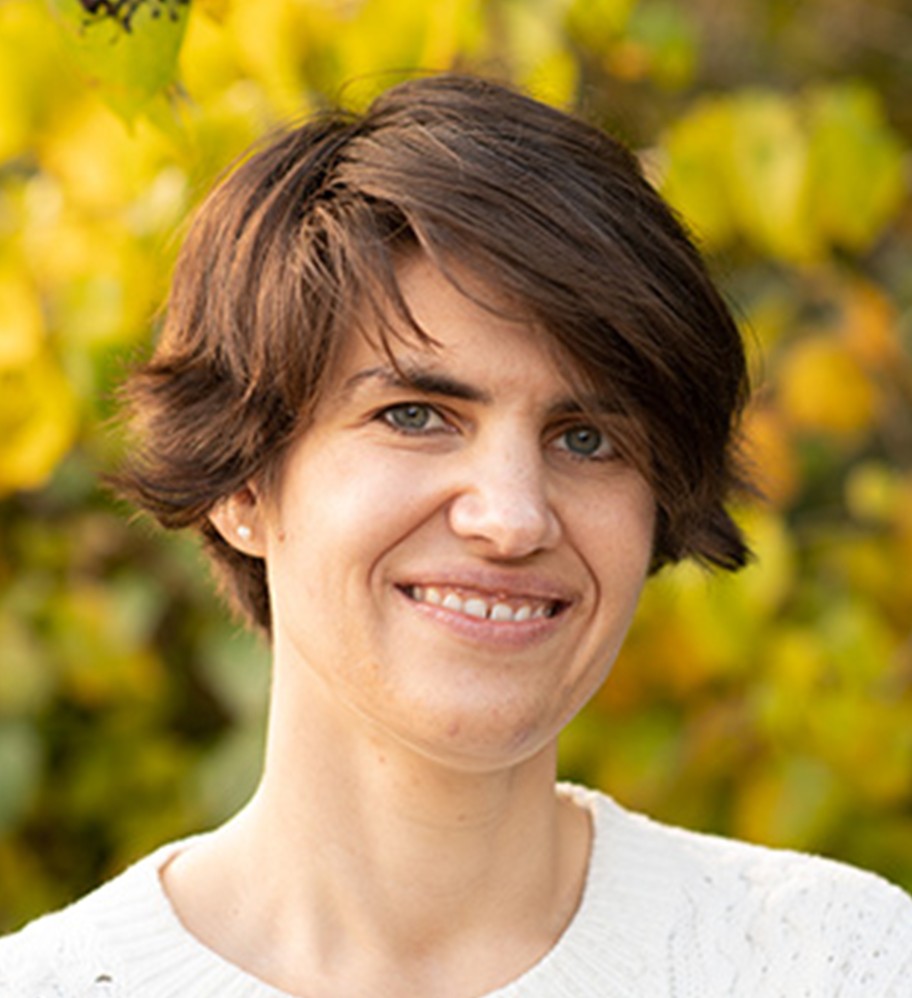
Amelie Stein - Associate Professor
Our lab studies the consequences of sequence variants on proteins, focusing on their cellular stability and function. We perform high-throughput assays on protein variants and build on this data to develop and improve methods for prediction of variant consequences. We then apply these methods to determine whether genomic variants are likely to be pathogenic. Further we aim to integrate effects of multiple mutations for applications in protein engineering.